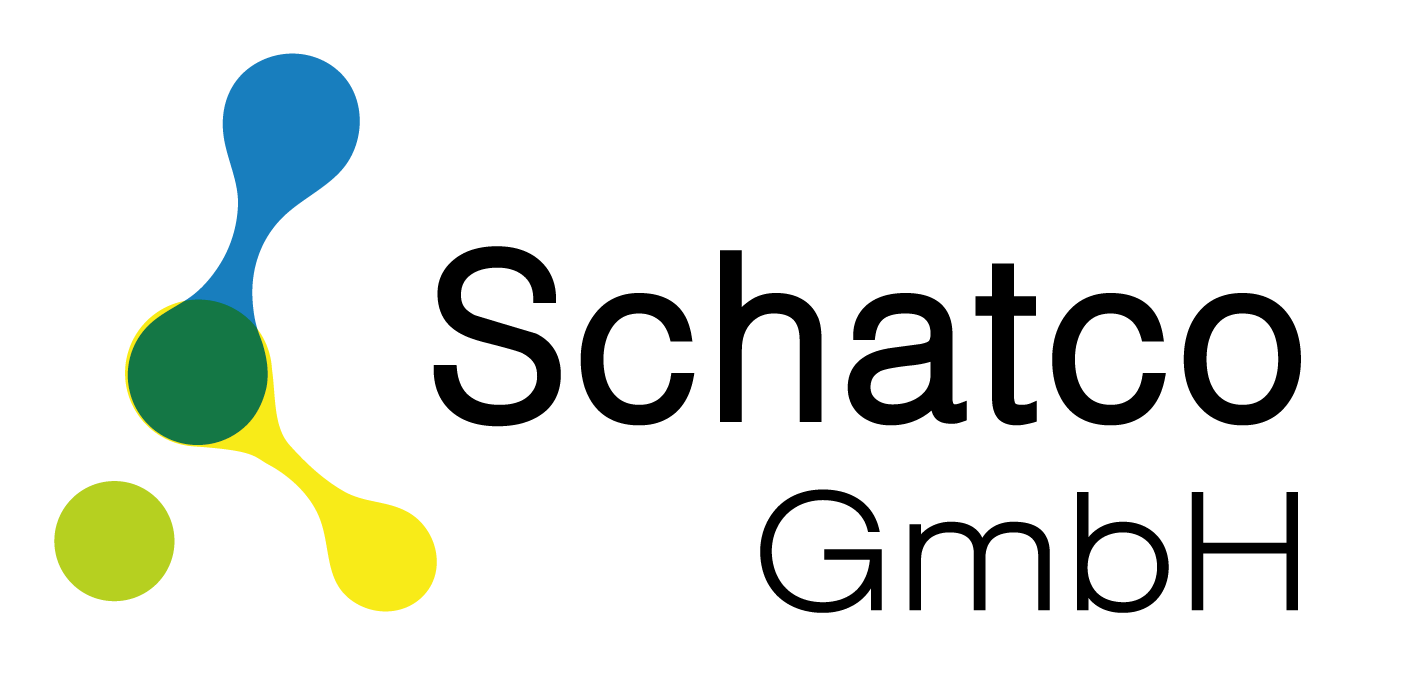During the production of crude hydrocarbons, water is co-produced with oil and gas. It needs to be separated from the oil and gas to allow the hydrocarbon to meet the refinery specifications for export or sale.
Emulsion breaking is one of the most complex and situational steps in the oil production process for meeting production target, adhering to commercial crude oil specifications and yielding cleaner produced water for discharge or reinjection. A Demulsifier is a complex formulation of solvents to meet the oil specific needs. Determining the most effective solution to separating emulsions is one of the most difficult projects a service company faces.
Dehydration chemicals, or Demulsifiers are widely used to destabilize, and assist in coalescence of crude-oil emulsions. This treatment method is popular because the chemicals are easily applied, usually are reasonable in cost, and usually minimize the amount of heat and settling time required
Demulsifiers are of key components of production formulations which enable the quick separation of produced water from oil.
These Demulsifiers are designed to treat the wide variety of emulsion and desalting problems experienced in oil production and refinery operations. Careful selection and blending of the optional grade is essential to the success and cost effectiveness of the emulsion breaking operation.
On-site testing is recommended in determining the optional product grade, dosage rate and injection point within the system to achieve the desired effect.
The chemical counteracts the emulsifying agent, allowing the dispersed droplets of the emulsion to coalesce into larger drops and settle out of the matrix
Dosage range:
The Demulsifier concentrations generally span from less than 5 ppm to more than 100 ppm depend on technical and process specification. Whatever the Demulsifier dosage and range, we have the ability to reduce and optimize the Demulsifier dosage by evaluating various components in the treatment program.
Process specification
The Demulsifier needs to be selected with all specifications of the processing system. In some processing systems with settling tank which have high holding time e.g. 24 hours of settling (Coalescer Tanks) a relatively slow-acting Demulsifier has to be used to obtain the best performance. On the other hand due to low holding time in some processing systems, mainly in offshore separation systems it is necessary to use fast acting Demulsifiers.
As field conditions change and/or the treating process is modified, the chemical formulation should be modified for better separation efficiency.
Advantages:
- Rapid water drop – Quickly reduce water-in-oil level to 0.2-0.5 percent
- Clear oil/water interface – Provide sharper interface between the two phases for easier separation
- Good dehydration of crude oil – Remove more water to get closer to commercial crude oil separations
- High performance in high viscosity crude oils
- High efficiency at low temperature
- Cleaner produced water—Reduce oil-in-water levels for easy discharge or reinjection of water
- Specific formulation for different types of process with different holding time less than 5 minutes (fast operation systems) to 24 hours (slow operation systems)











